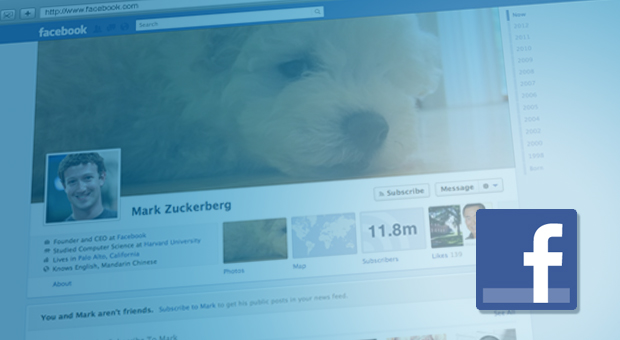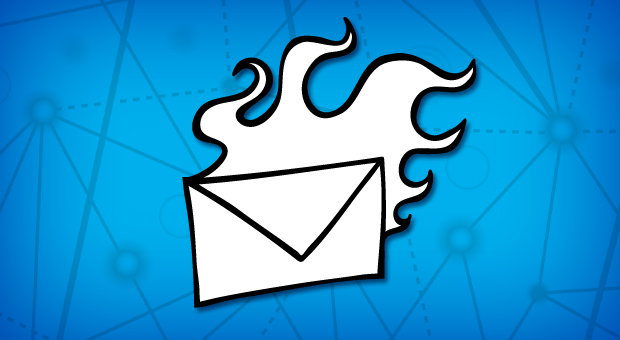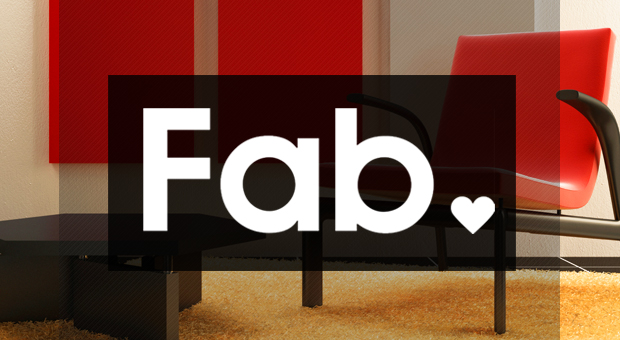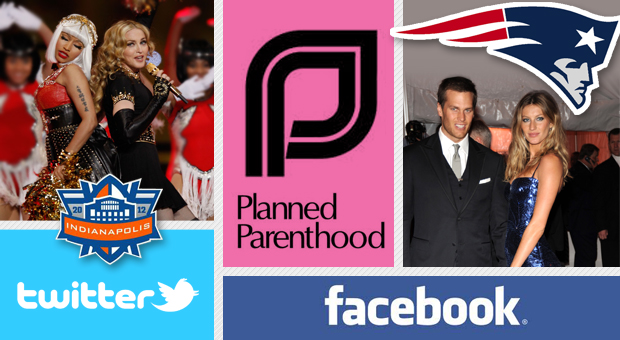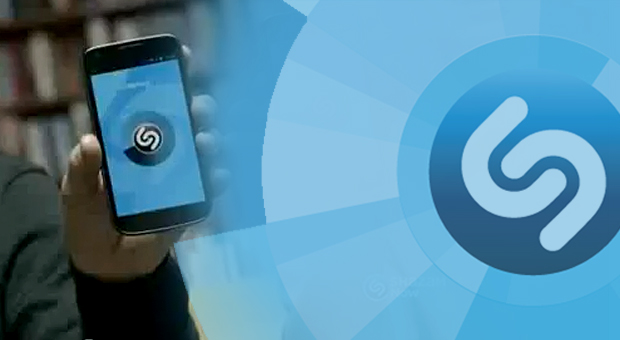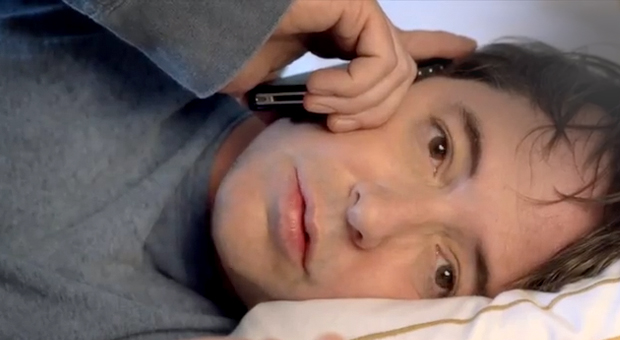Concluding Flightpath’s two-part interview (in case you missed it, here’s part one) with Jessica Chobot of G4 and IGN, the videogame and tech reporter talks the impact of smartphones on portable gaming, when we’ll know games have really been accepted into the mainstream, and why she sometimes enjoys checking out bad games just as much […]
Concluding Flightpath’s two-part interview (in case you missed it, here’s part one) with Jessica Chobot of G4 and IGN, the videogame and tech reporter talks the impact of smartphones on portable gaming, when we’ll know games have really been accepted into the mainstream, and why she sometimes enjoys checking out bad games just as much as the good ones.
Flightpath: Portable gaming is in a weird place right now, especially with smartphones having a bigger impact and being more of a threat to Nintendo and Sony than anyone may have thought. Where do you see the portable gaming industry going in relation to what’s happening with smartphone games?
Jessica Chobot: I think you’re gonna always have a market for handheld consoles in regards to PS Vita and 3DS and DS in general. But I don’t know if that market will grow beyond what it already has within it. The console market for portables, in that regard, I think might be cornered, because of the fact that the games on things like the iPad or your smartphone are getting to the point where they’re just as entertaining or just as beautiful or just as good. And [they are] a little bit more available for your everyday person that might not consider themselves a gamer, but doesn’t realize that they’ve spent 50 hours playing Farmville or Infinity Blade. So I don’t think that the handheld market is necessarily going to go away, I just think that maybe it’s going to continue on the path that it already has established. And if anything, because of those systems having to keep up with things like the iPad, [they’re adapting]. An example would be the PS Vita – now it has apps and it’s starting to develop ways within itself to compete with tablets and phones and things of that nature. It would be interesting to see what would happen to it maybe in the next 10 years versus like, the next three. I think there needs to be a little bit more time and better defined lines of what games on tablets can do versus what games on portable consoles can do.
Flightpath: I think a lot of gamers feel that games don’t earn enough respect. I think back to Roger Ebert saying games are not art, and the reaction against him online was very strong. But I think they’ve arrived in the mainstream, especially since there’s a channel like G4.
Jessica Chobot: I think they’re becoming more and more respected, obviously because of the accessibility of casual games – even though I hate that phrase – that you’d find on your smartphones and iPads. It’s introducing that world to a whole new group of people that might not have given videogames the time of day before. By giving them even just that small little intro through a Japan Life or a Sims game or an Angry Birds game – or however they end up find themselves within this group of gamers that they might not have ever thought of themselves in – they’re also going to have an understanding and respect for the other gamers that are really involved, that have the PlayStation 3, the PS Vita, the Wii U.
What I’d like to see is that videogames are no longer used for an excuse when bad things happen in society. Once that goes away, that’ll in my mind, be the height of when videogames have earned that respect. And I think they’re on that way because of the fact that games are accessible and open to more people, and the people that grew up with things like an NES, the original PlayStation, the Dreamcast and the first Xbox – those people are getting older and having families of their own and they used to play all the time, and they understand that there’s nothing to be afraid of.
Flightpath: The same thing happened with comics and with rock n’ roll.
Jessica Chobot: Rock n’ roll’s my favorite example. Everybody’s like, “I can’t believe these groups of kids nowadays! They’re shooting up their schools because they’re playing too much Gears of War!” That’s the exact same argument that you, when you were a teenager, would get angry about in regards to your parents saying that Elvis couldn’t be shown from the hips down, because all the girls were going to burst out into whoredom. It’s ridiculous. It’s absolutely ridiculous. So to me, that will be the ultimate sign of respect from society, is when society stops using videogames as an excuse for when something goes wrong within it.
As far as games not being art, it’s not even worth arguing with [Ebert] about, because in my mind he’s completely wrong. He’s just wrong. I don’t understand where he thinks the images from within games and advertising work comes from. I don’t even understand that. And I believe the Smithsonian actually has a section or has declared that videogames are art, and they’re actually accepting videogame conceptual art pieces. So yeah, when the Smithsonian says it’s okay, I think Ebert should just learn to be quiet. Of course, he backtracked. It was a completely ignorant statement on his part, and it just goes to show the generation gap.
Flightpath: It reminds me of what Pete Townsend once said about rap music. He didn’t say whether he liked it or not, but he said something like, “It’s just our generation’s job to get out of the way.” I thought that was very smart.
Jessica Chobot: Yeah. Even if he was to say he doesn’t like it, it’s fine to have an opinion and not like something. But it’s not okay to dismiss it across the board. Everybody’s allowed their opinion, but it’s another thing to just make a flat out statement and say everybody else is wrong and you’re right.
 Flightpath: Reviews for videogames, particularly online, tend to have a real importance for both the market and for developers. Maybe more than any other entertainment or arts field. Why do you think that is?
Flightpath: Reviews for videogames, particularly online, tend to have a real importance for both the market and for developers. Maybe more than any other entertainment or arts field. Why do you think that is?
Jessica Chobot: That’s a good question. It’s kind of a double-edged sword. They’re paid so much attention to because usually the people who are writing the reviews are hardcore fans themselves. Because they are such fans themselves, they really can speak the same language and reach out to the demographic that’s going to read them. Maybe I’m the exception to the rule, but I very rarely buy or not buy a game based off of somebody’s review. I’ll definitely read reviews just because I just want to hear what the game is about and what their experience was. But if I’m curious about that game, I will remain curious about that game and I’ll still go out and buy it even if that person eventually says you shouldn’t. Sometimes I buy it just because they say I shouldn’t and I’m like, “Oh, why is it so bad?” [Laughs]
Flightpath: The Mystery Science Theater 3000 aspect.
Jessica Chobot: Yeah, totally. And a lot of the people that I know still do that too. They’ll read the reviews and they’ll educate themselves. But at the end of the day they make the final decision. So I don’t know. Maybe the reason that the reviews are so taken to heart is just because these people are speaking the same language and they’re gamers the same as you and I, and they can walk the walk and talk the talk. So whether you agree with them or not, you’re still interested in what they have to say. And that’s probably both good and bad.
Gaming journalism went through a phase a couple years back – and it’s still there, it’ll never really go away – of self-importance and for lack of a better phrase, [an] “our shit doesn’t stink” attitude, and how they’re entitled to know everything upfront. That, I’m glad to see, has kind of fallen by the wayside. Because at the end of the day, this is a business. It’s a great, awesome, fun business, but it is a business. And people’s jobs are on the line, and people’s reputations are on the line, and they’ve got families that they’re raising now so they need these paychecks. To have that kind of fanboy-flaming reporting on games is not the best way to approach it.
Flightpath: What’s a typical day like at G4 for you?
Jessica Chobot: It’s kind of the same as it was when I was with IGN. I’ll just get assigned certain things and I’ll do the research on them, whether it’s reading articles that other people have written and then playing the game myself, if it involves games. The biggest difference between IGN and G4 for me is that at IGN, I pretty much covered mostly games, and what was going on in the gaming industry. G4, I cover a little bit more about the culture as well. We [just] did a shoot with Gentle Giant, and we did a shoot with a DJ – things that aren’t necessarily about videogames, but people into videogames might also be into these things. So that’s cool. It actually has helped to do a little bit more and not lock me into one particular thing. A lot of what I’m doing over at G4 is less studio-based and a little bit more out-and-about and interacting with people and kind of on-the-fly, which I also really like. Because as much as I enjoyed doing The Daily Fix over at IGN, I was very limited as far as the personality I could bring across, because I have three minutes to tell you the news and that’s it. Whereas at these events for G4 where I’m going out there and reporting on stuff, I can have a little bit more of my personality come out and show people what it is about these things that I also find interesting and fun. So that’s nice.
Flightpath: Is it different shooting things that are going out on TV as opposed to the Web? Do you feel more nervous or present yourself on camera differently?
Jessica Chobot: I actually find working for TV a little bit easier. At the end of the day, a dot com is a dot com, and you’ve got smaller budgets and limited resources as far as who’s available to help shoot and put together a production. Whereas a TV station, that is what they’re dedicated to, and so it makes things a little bit smoother.
But as far as me being in front of the camera and nervous and things like that, no. That’s actually not there. If anything, it’s making me improve faster because now I feel like there’s more of a variety of demographic watching me versus just hardcore gamers. And so I’ve got to learn to approach things that also then allows those people to be included in what it is I’m talking about. So I’ve learned to still have that fanboyism that I have for certain things, but try and make it as open to anybody that wants to view it.
Flightpath: And what can we look forward to in 2012 from Jessica Chobot on G4 or anywhere else?
Jessica Chobot: There’s some things coming out that are gonna be announced soon that I can’t necessarily talk about, but definitely keep your eyes peeled because they’re pretty awesome. Both in a videogame sense [Chobot was revealed to be playing a character featuring her own likeness in Mass Effect 3 shortly after this interview. – Dan] and in a non-videogame related sense. The one thing about doing what I do now is I’m able to go out and do things that aren’t even related to videogames at all, and that’s working out well, also.
And then within G4, I’ll definitely be doing more reporting for them, for both X-Play and for Attack of the Show, and covering games and culture. I think we’ve got a couple of Rad Jobs segments coming up, and then also some of the games that I got to see at CES will be showing up – hands-on [time] with Bioware and the Kinect and how Mass Effect works with that, and then the Wii U, I finally got some hands-on time with. All that stuff is pretty interesting.
So, there’s some things coming. [Sighs] Oh, how can I say it? Just really keep your eyes peeled in the next month. [Laughs]
